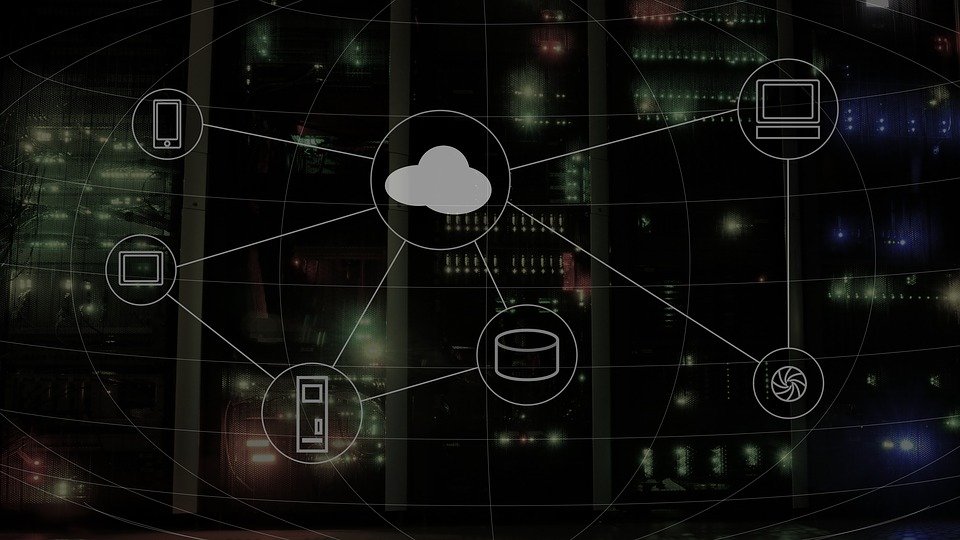
The use of cloud-based GPUs is growing exponentially in a variety of fields of research and commercial ‘big data’ applications, including Business Analytics, Location Intelligence, Data Science & GPU Analytics, Visualisation, Deep Learning & Machine Learning.
In the future, cloud-based GPUs will play their part in keeping planes in the air, assist researchers in curing disease, helping to mitigate the impacts of natural disasters, and also making sure your autonomous car can drive you safely to work.
Moore’s law has correctly suggested for over five decades that we can expect the speed and capability of computing to increase every couple of years with costs reducing proportionately.
While GPUs have benefited from Moore's law in the same way as CPUs, they're not constrained in the same way. As GPUs have the ability to ‘spread’ across larger pieces of silicon, in very basic terms, a more powerful GPU can be achieved when the number of GPU cores are increased. This accounts for the monumental rate of progress being found in the GPU industry, and why progress isn’t looking to slow down at any point soon.
What are cloud-based GPUs used for?
Cloud-based GPUs have completely reshaped company IT architecture over the past few years, due to their ability to automatically scale computing resources, based on requirement. Over the next few years, the vast majority of organisations around the globe are expected to have systems that use cloud-based GPUs to meet at least some level of their computational needs.
As the cost structure for cloud-based systems works like a utility (in which there’s no upfront cost for the infrastructure) paired with the ability to scale with the growth of an organisation, this elasticity makes a good business case for itself as an increasingly appealing proposition for enterprises of all sizes.
Process-intensive tasks that can be accelerated by cloud-based GPUs benefit a variety of industries, including (but not limited to) insurance, financial, oil & gas, telecoms, DNA & genomics, pharmaceuticals, defence, logistics and many more...
The cloud-based GPU industry is set to grow exponentially over the next coming years, as the applications for GPUs widens up every day. As a specialised microprocessor, GPUs have the ability to take on intensive computations and entire datasets on board, enabling users to instantly interactively visualise, query and power data workflows over billions of lines of data.
The colossal computing power available from cloud-based GPUs can extract and process business intelligence from huge datasets with incredible speed and accuracy.
Predictive analytics is a part of business intelligence that’s becoming increasingly augmented by both Artificial Intelligence and Machine Learning, by using statistics and modeling to determine future performance and conclude potential outcomes, based on both historical and current data.
AI and ML can power predictive analytics to better identify patterns in data that can determine the likelihood of future emergence. This allows organisations to decide where best to focus resources, thus, be able to make intelligent predictions about the future.
